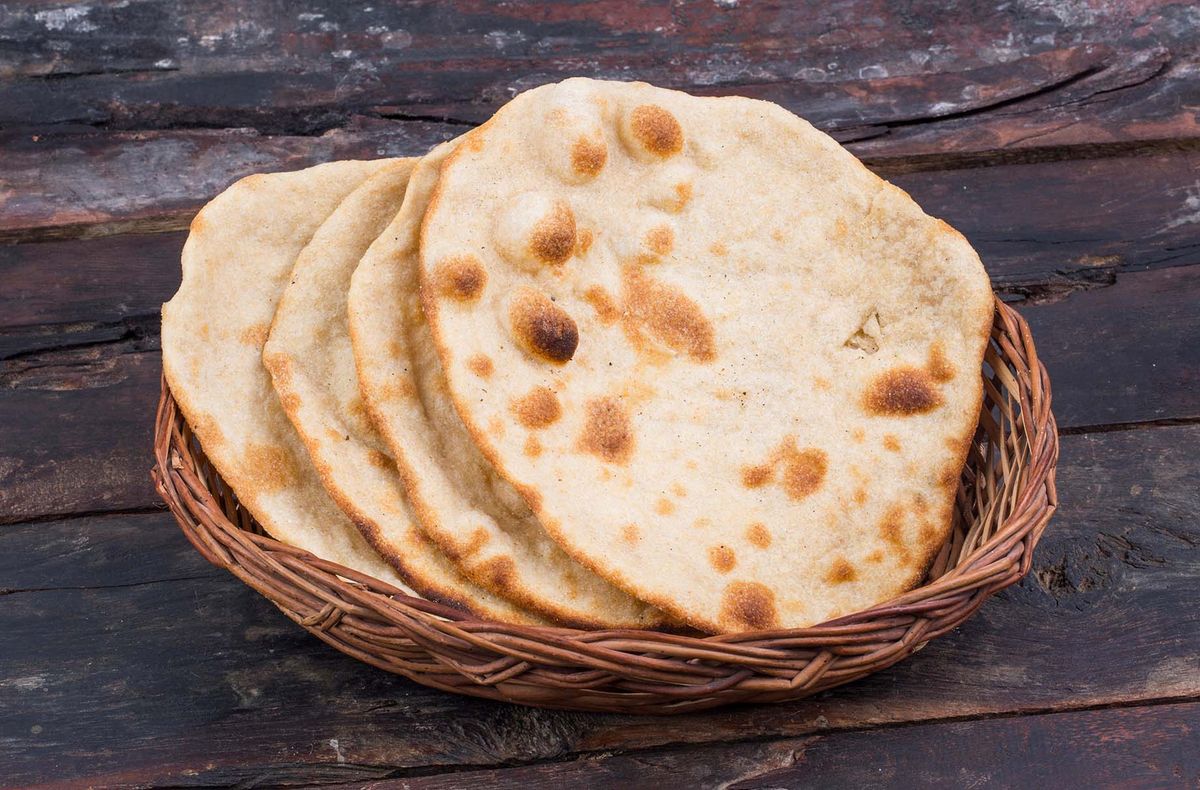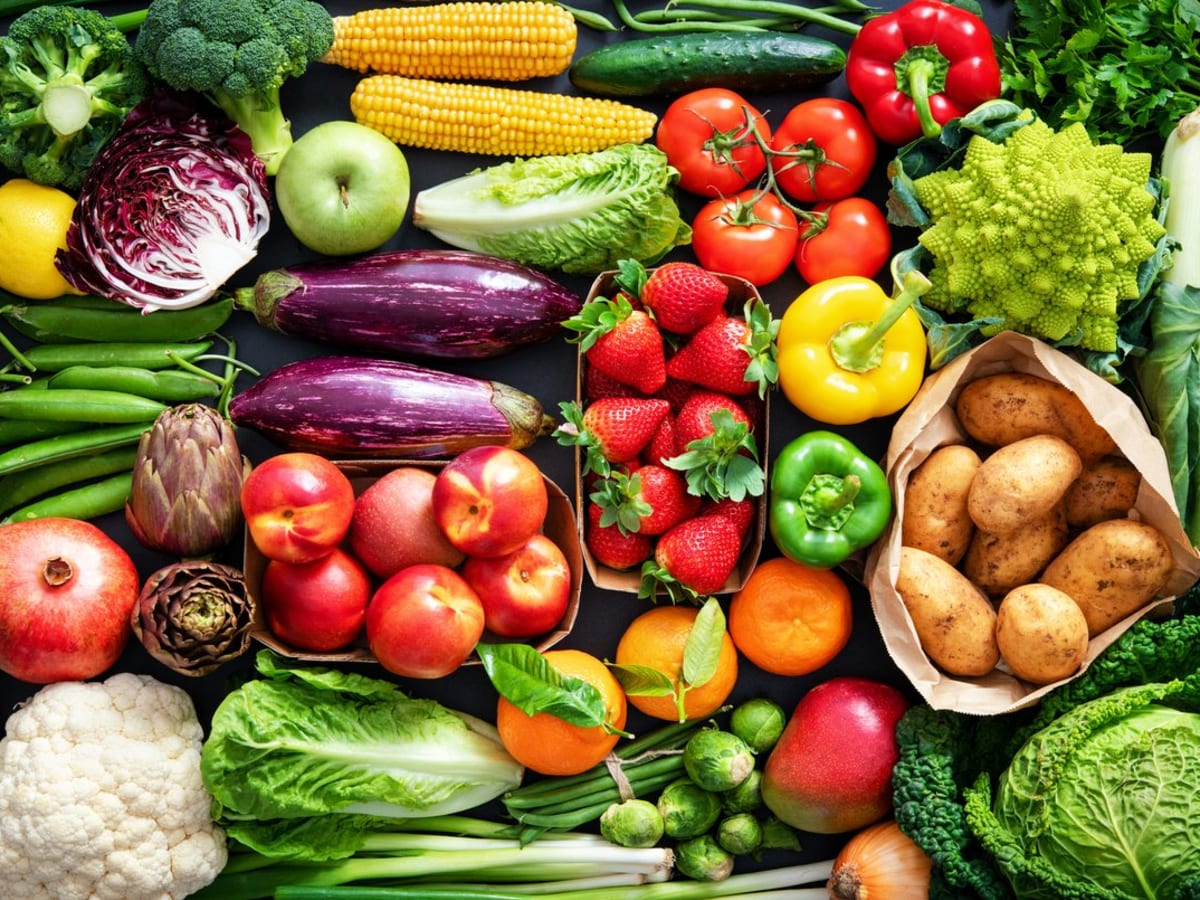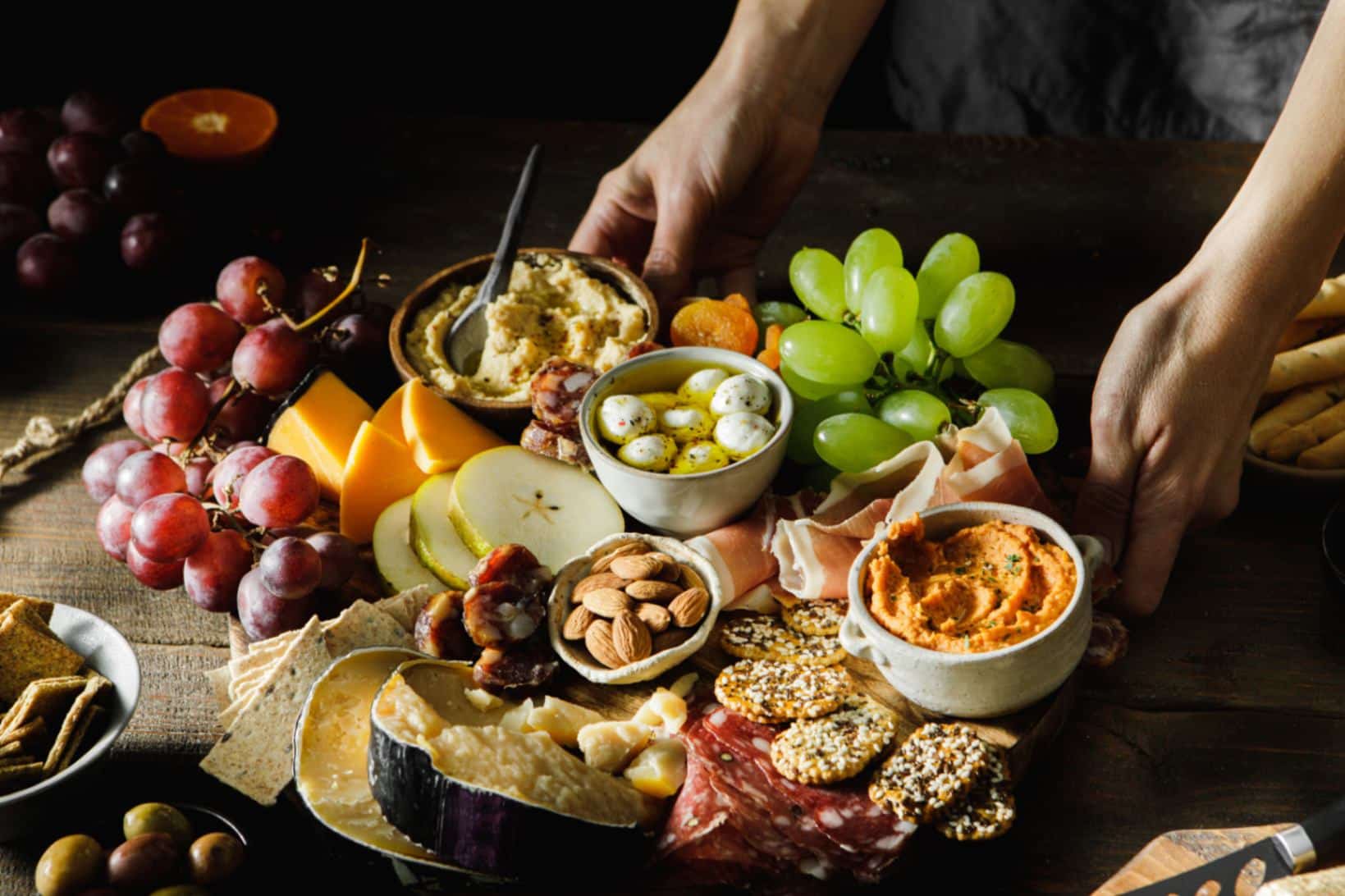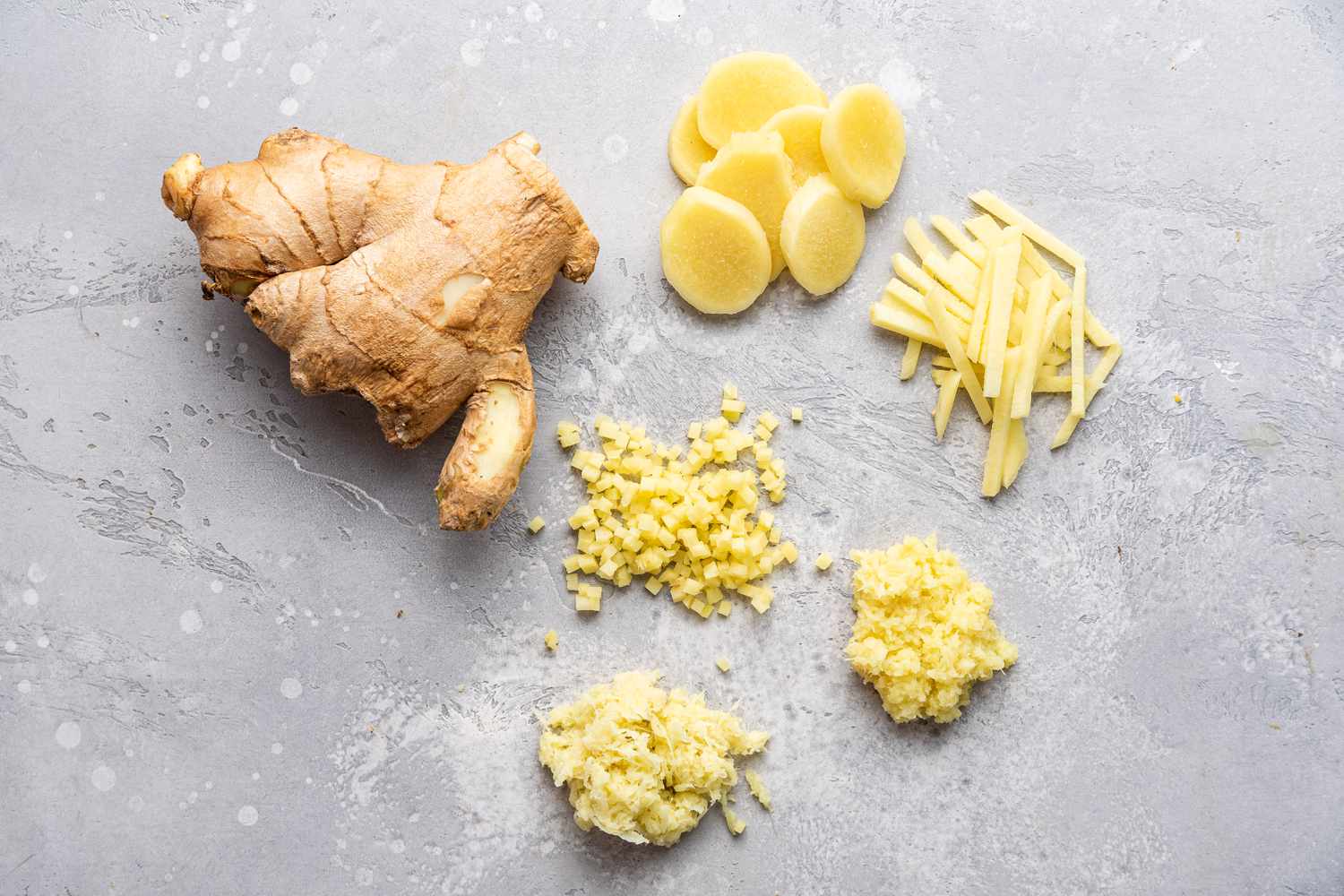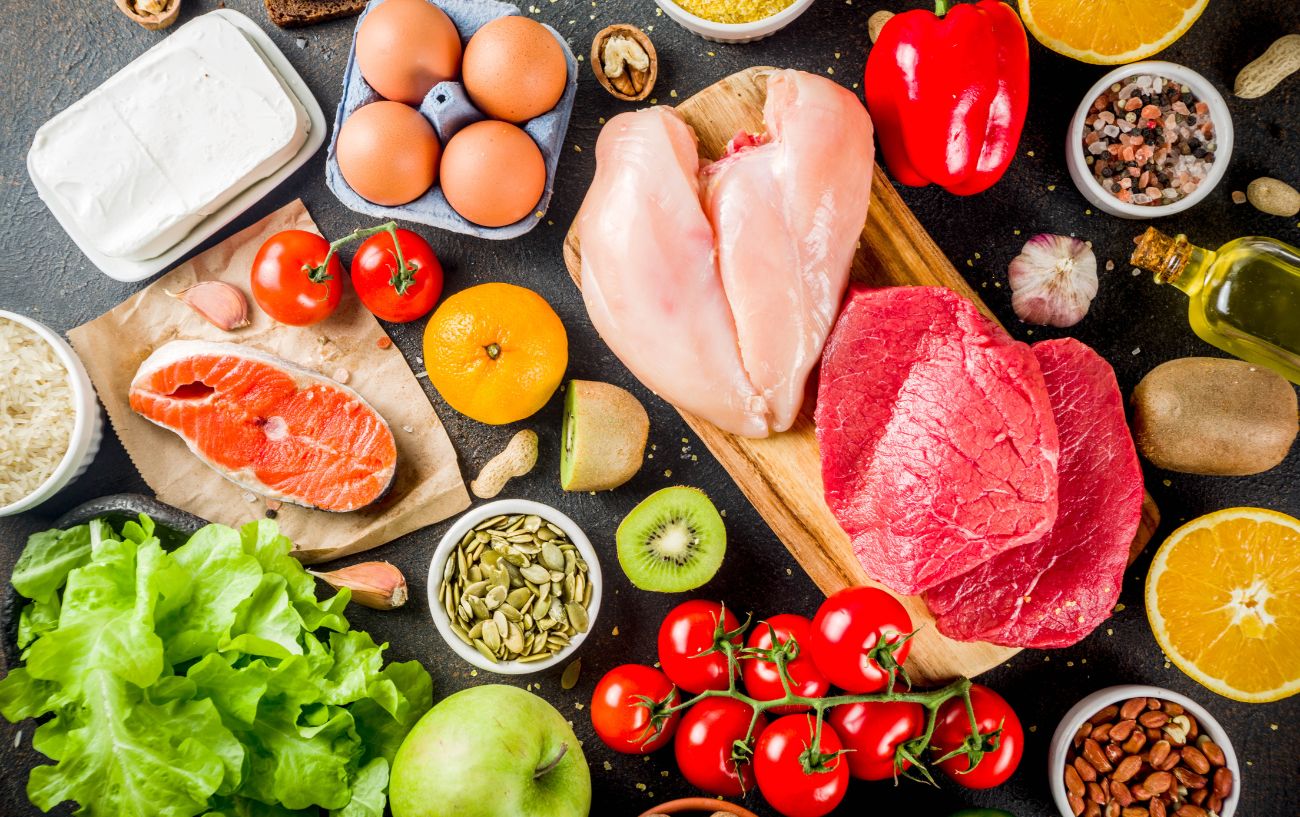Welcome to the Jailhouse Kitchen: A Guide to Eating Behind Bars
When it comes to eating in jail, the options are limited, but with a little creativity and resourcefulness, you can still enjoy satisfying meals. Whether you’re serving time or just curious about the culinary experience behind bars, here’s a guide to making the most of the available food in jail.
1. Make the Most of Commissary
Commissary is a lifeline for many inmates, offering a variety of snacks and basic food items for purchase. Making the most of your commissary privileges can significantly improve your dining options. Stock up on essentials like instant noodles, canned tuna, and snack items to supplement the meals provided by the facility.
2. Get Creative with Ramen
Ramen noodles are a staple in many correctional facilities. While they may seem mundane, there are countless ways to elevate your ramen game. Use the seasoning packets to add flavor to other dishes, create a makeshift stir-fry with inmate-approved ingredients, or even make a savory ramen burrito using items from the commissary.
3. Embrace the Power of Bartering
Behind bars, bartering is a common practice. If you have a talent for cooking or access to desirable food items, you can use them to trade for ingredients that can enhance your meals. Whether it’s swapping a homemade dessert for extra protein or trading your culinary skills for fresh produce, bartering can help diversify your menu.
4. Master the Art of Microwave Cooking
Many correctional facilities provide access to a microwave, which opens up a world of culinary possibilities. From making cheesy nachos using commissary snacks to creating a decadent dessert using simple ingredients, mastering the art of microwave cooking can take your jailhouse dining experience to the next level.
5. Cultivate a Jailhouse Garden
If the facility allows it, consider starting a small jailhouse garden. Growing herbs or vegetables in a designated area can provide you with fresh, flavorful additions to your meals. Whether it’s a handful of fresh herbs to elevate your ramen or a few cherry tomatoes to brighten up a salad, a jailhouse garden can add a touch of freshness to your food.
6. Stay Mindful of Dietary Restrictions
It’s important to be mindful of any dietary restrictions or allergies you may have while eating in jail. If you have specific dietary needs, communicate them to the facility staff to ensure that you receive appropriate meals. Additionally, if you have the means to purchase commissary items, look for options that align with your dietary requirements.
7. Share Meals with Friends
Mealtime can be a communal experience in jail. Consider sharing your culinary creations with friends or trading dishes to enjoy a wider variety of foods. Not only does this foster a sense of community, but it also allows you to sample different inmate-inspired dishes.
8. Stay Positive and Resourceful
While the dining options in jail may be limited, maintaining a positive attitude and being resourceful can go a long way. Use your creativity to transform basic ingredients into satisfying meals, and don’t be afraid to experiment with new flavors and techniques. By staying positive and adaptable, you can navigate the challenges of eating in jail with resilience.
While eating in jail presents its own set of challenges, with a bit of ingenuity and a willingness to adapt, you can still enjoy flavorful and satisfying meals. By making the most of available resources and embracing creativity, you can turn mealtime into a time of culinary exploration, even behind bars.
More Jailhouse Recipes to Try
While navigating life in jail, food becomes more than just sustenance; it transforms into a creative outlet and a small token of comfort. Readers who've followed the guide on how to eat in jail can take their skills further with specific recipes designed to make the most of limited resources. Among the recommended dishes to try are ultimate jailhouse ramen stir fry, known for its robust flavors and easy preparation, and microwave baked potato with tuna, which combines simplicity with nutritional value. Additionally, the chocolate peanut butter mug cake is perfect for satisfying sweet cravings within the confines of a cell. These recipes not only provide a way to diversify your diet but also bring a taste of home and normalcy to an otherwise harsh environment.

